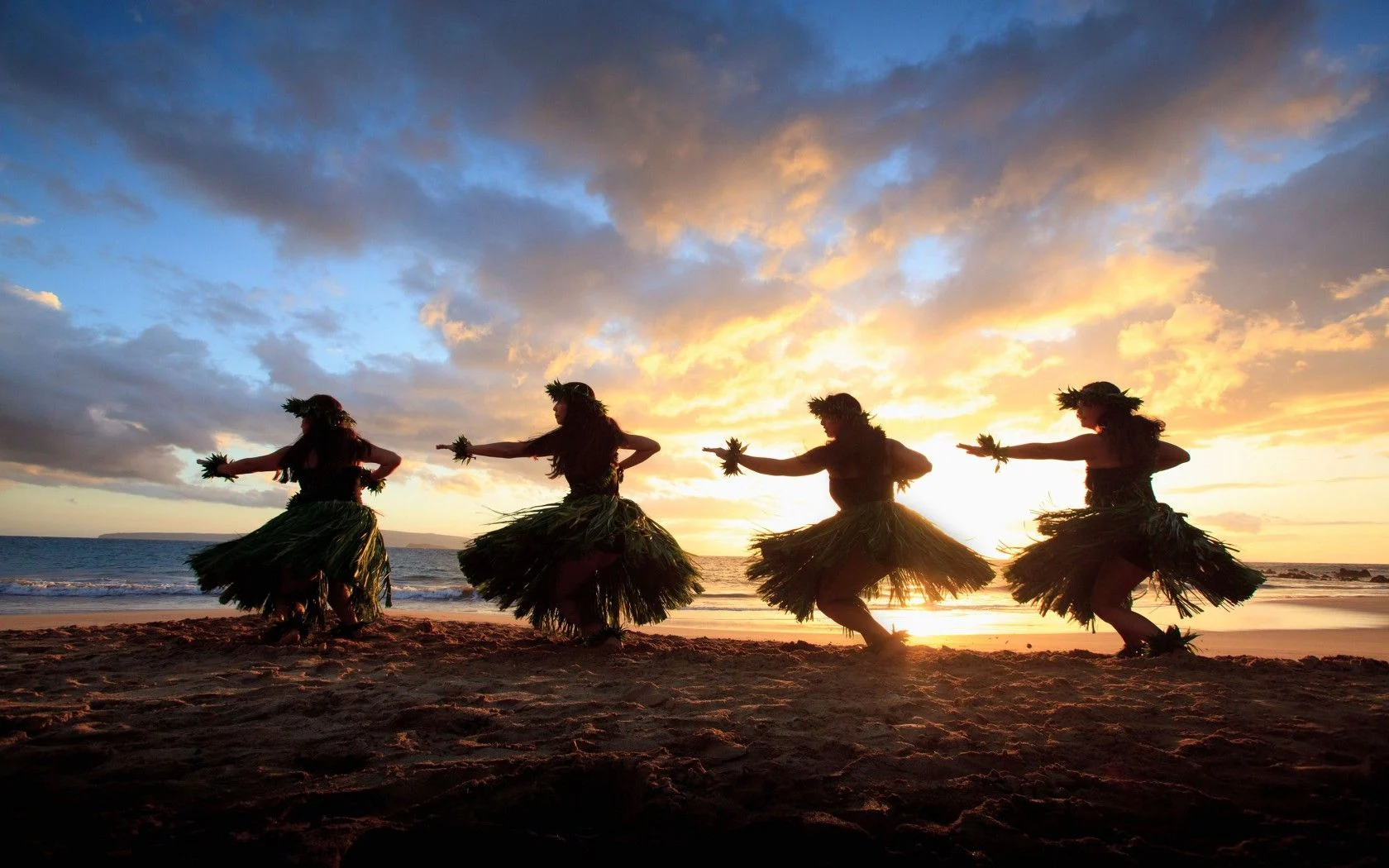Go Hawaiʻi on the hula. A unique expression of the culture of Hawaiʻi through dance. Join us on our Wild & Scenic Volcano tour which stops in Hilo, home of the Merrie Monarch Hula Festival.
Hula in the Hawaiʻian Islands
On its surface, hula is the storytelling dance of the Hawaiʻian Islands. As with all of Hawaiʻian culture, when you are fortunate enough to learn more about it, much deeper, more powerful and empowering truths may be revealed. Hula can be paired with chants or contemporary music, slow and sentimental in tempo or fast and energetic. But no matter its style, it is all part of a cultural practice of sharing a trove of stories that connect dancers and audiences to the foundation of Hawaiʻian ancestral knowledge. Hula animates history, genealogy, prophecy, and the tales of those who came before.
For dancers who connect more deeply through their hula traditions, dance is just one part of the practice, which often involves stewardship of the environment. For example, there may be a reciprocal relationship where dancers care for the forests, which in turn provide for them, including ferns, maile and other materials to make lei and garb that enliven the performance. Practices differ from halau (hula school) to halau, but they all aim to create a tangible, personal connection between the dancer, the stories he or she is dancing about, and the legendary origins of hula itself.
“Aohe pau ka ike i ka halua hookahi. No one school contains the totality of all knowledge. A proverb tht encourages respect of differing traditions, in hula and otherwise.”
Hula, A Continuing Tradition
Hula has many roots, with various traditions offering different origins of the art – reflecting the beauty of the Hawaiʻian respect for multiple perspectives in a way that does not need to be mutually exclusive.
Two overarching styles of hula are hula kahiko (ancient hula) and hula auana (modern hula). To simply categorize the two as old and new, however, minimizes the differences between the two and overlooks important distinctions.
Hula kahiko is traditionally performed as part of or as an extension of a ceremony, set to an oli (chant) and accompanied by percussion instruments. While many of the oli we hear along with hula kahiko are compositions from generations ago, there are also new oli and accompanying hula composed today. To call hula “ancient” improperly implies that the art is static. Rather, hula kahiko has strong roots in the past and continues to grow in modern Hawaiʻi.
Hula auana is less formal hula, performed without ceremony. Around the turn of the 20th century, more new hula began to emerge in this less formal style. A story is told with the accompaniment of song and stringed instruments such as guitar, bass, steel guitar and ukulele.
Enjoy Hula Respectfully
Hula dancers train for years with the physical intensity of professional athletes and the academic rigor of doctoral students under the tutelage of a kumu hula (hula teacher) before performing in public, so it is important to enjoy a performance respectfully.
If you happen upon a hula performance as part of a ceremony, note that it may not be intended as a public performance. You may be asked to keep a respectful distance, be silent, refrain from taking photos or video, or follow some other request to maintain the sanctity of the ceremony. Even if you are not asked to do so, it is appropriate to maintain a respectful distance.
Hula, A Pacific Dance Tradition
Though it is one of many Pacific dance traditions, hula is distinctively Hawaiʻian. Hula is often showcased alongside the Samoan fire dance, Tahitian otea, and Maori haka, particularly in luau shows in Hawaiʻi. But hula should not be confused with those traditions from other lands.





